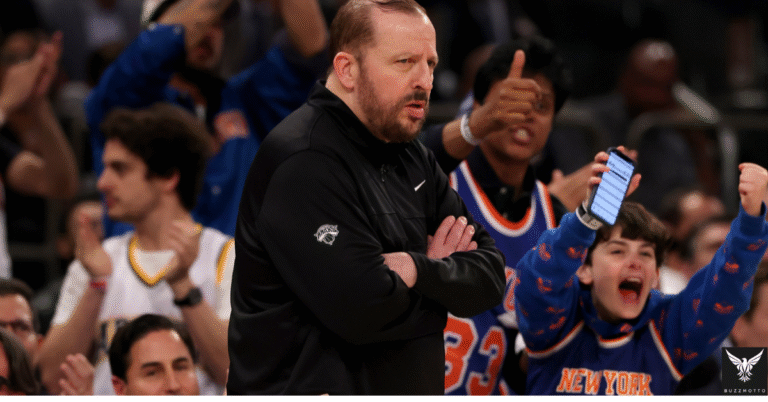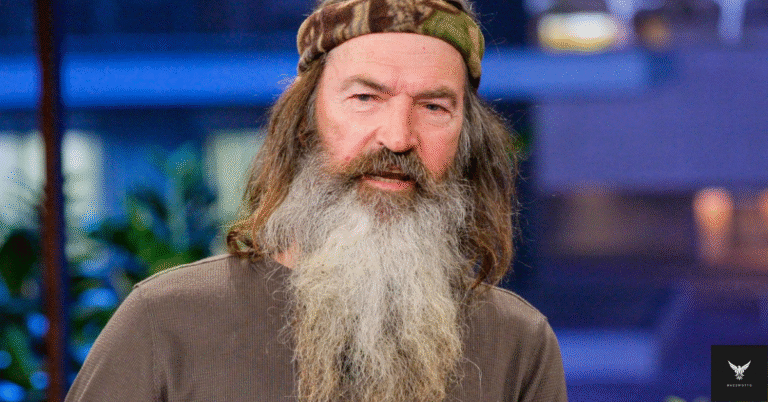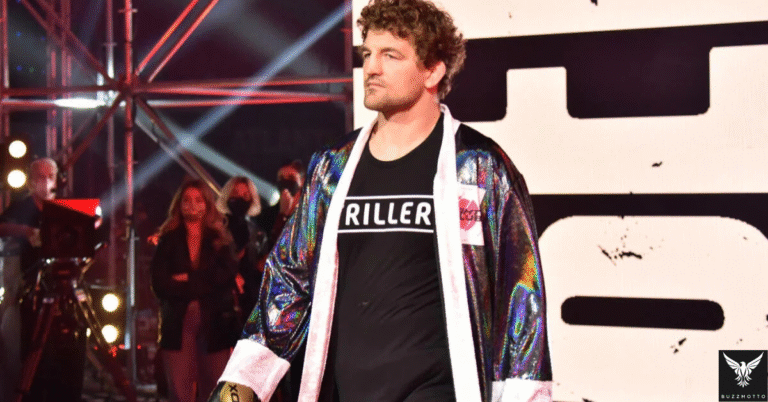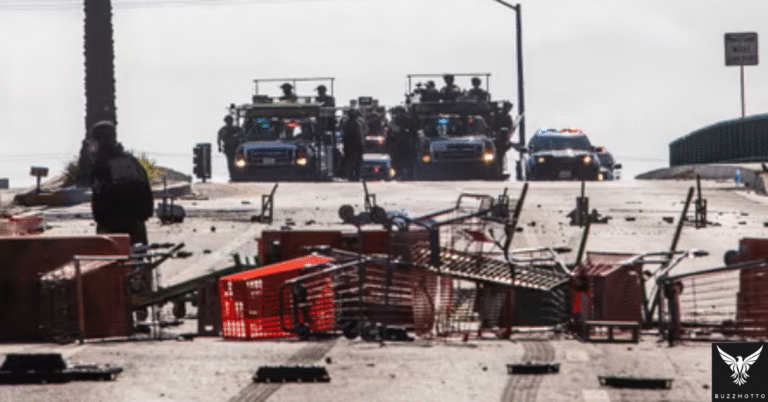
Table of Contents
The College of Cardinals has reconvened today within the historic walls of the Sistine Chapel for the second day of the papal conclave, as the Catholic Church continues its sacred and secretive process to elect a new pope. Despite multiple rounds of voting yesterday, no cardinal has yet received the required two-thirds majority to ascend to the papacy.
Black smoke, the traditional signal of an inconclusive vote, billowed from the Sistine Chapel chimney twice on Wednesday, indicating that consensus among the 115 voting cardinals remains elusive. The faithful gathered in St. Peter’s Square once again today, eyes fixed on the iconic smokestack, waiting for the white plume that will signal the election of the 267th pope in Catholic history.
A Sacred and Secretive Tradition
The conclave, conducted entirely in Latin, is steeped in centuries-old tradition. The cardinals, sequestered from the outside world and sworn to secrecy, are tasked with not only selecting a spiritual leader but also a global figure capable of guiding the Church through complex modern challenges.
Vatican insiders suggest that discussions on the first day reflected deep contemplation over the Church’s future direction—balancing pastoral care, administrative reform, and global representation. Sources close to the Vatican, though unable to comment directly, hinted that no single candidate has emerged as a frontrunner, and the electors remain split between a reformist agenda and more traditionalist preferences.
Contenders and Concerns
While the conclave’s deliberations are entirely confidential, several cardinals have been informally discussed by observers and analysts as potential successors to the Holy See. Among them are Cardinal Matteo Zori of Milan, known for his administrative experience and theological depth; Cardinal Luis Tagora of Manila, celebrated for his pastoral warmth and media-savvy presence; and Cardinal Jean-Pierre Marchand of Lyon, who is seen as a bridge between Europe’s secular challenges and the Church’s spiritual mission.
The task before the cardinals is formidable. The next pope must address issues ranging from sexual abuse scandals and secularization in the West to religious persecution in parts of the Global South. Additionally, the Church faces declining membership in some regions, calling for a new evangelization effort that resonates with younger generations.

A Waiting World
Catholics across the world continue to pray and hope for guidance from the Holy Spirit in this pivotal moment for the Church. The tension in Rome is palpable, as journalists, pilgrims, and locals gather daily in St. Peter’s Square in anticipation of a historic announcement. The global media has stationed itself outside the Vatican, prepared for the momentous signal—white smoke and the Latin proclamation: “Habemus Papam!” (“We have a pope!”)
Until then, the Sistine Chapel remains under lock and key, with ballots burned twice daily—once in the morning and once in the afternoon. The cardinals are expected to cast up to four votes each day until a decision is reached.
As the sun rises on this second day of the conclave, the world watches and waits. With prayer, patience, and purpose, the Catholic Church nears the selection of its new spiritual leader.






